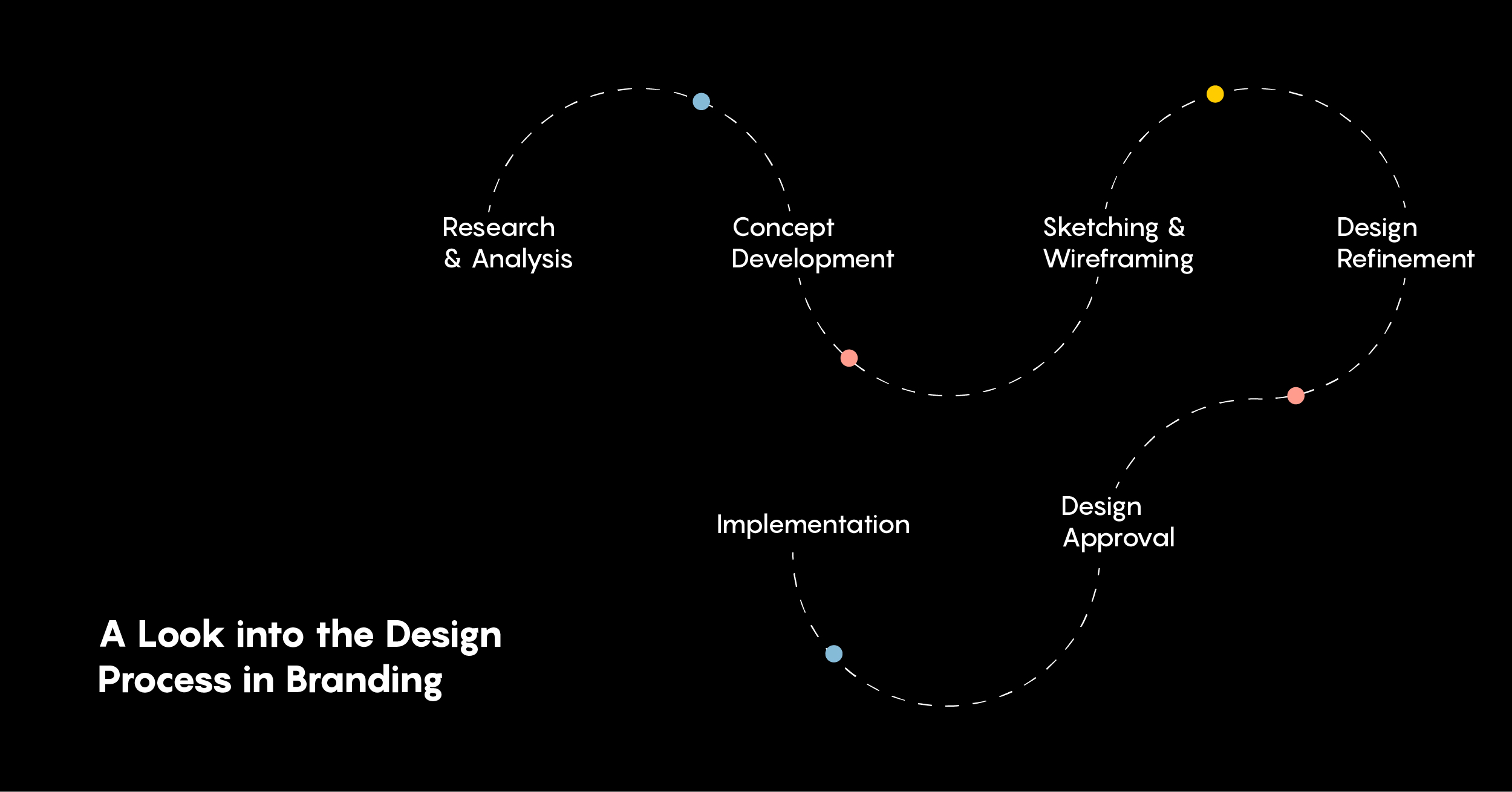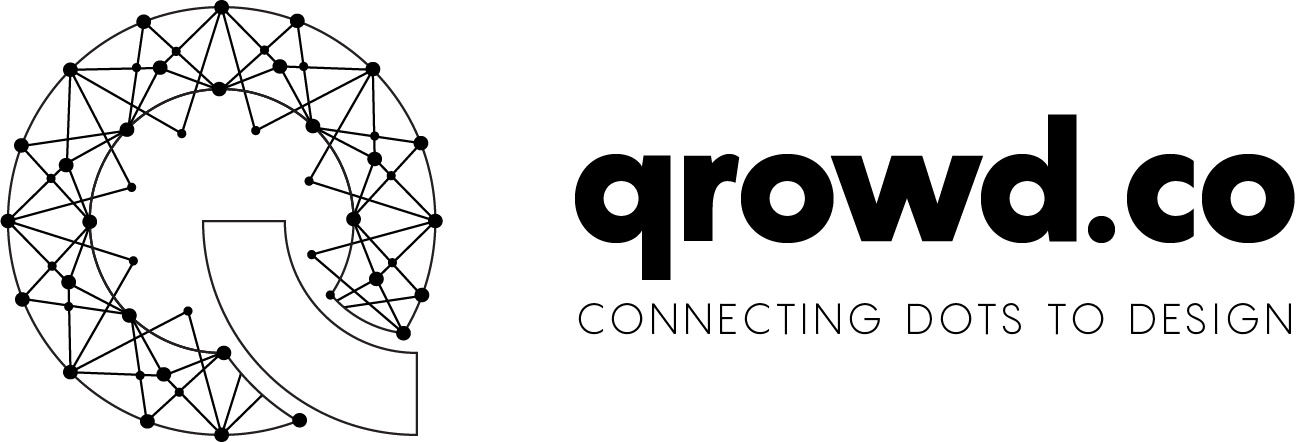The Creative Journey: A Look into the Design Process in Branding

Branding is essential for businesses of all sizes and industries. It helps to establish an identity and differentiate a business from its competitors. A key aspect of branding is design, which involves creating a visual representation of the business that conveys its values and message. Designing a brand requires a process that involves multiple stages, each crucial to the final outcome. In this blog, we will explore the design process in branding.
Stage 1:
Research and Analysis The first stage of the design process involves research and analysis. Before any designing can be done, it is essential to understand the business, its target audience, and its competitors. This involves researching the business’s industry, analyzing its competitors’ branding, and identifying the target audience’s preferences and needs. This information will be used to create a design that resonates with the target audience and differentiates the business from its competitors.
Stage 2:
Concept Development The second stage of the design process is concept development. Based on the research and analysis, the designer will develop a few design concepts. These concepts will be based on the business’s values, message, and target audience’s preferences. The designer will also take into consideration the type of industry and the competition while creating these concepts.
Stage 3:
Sketching and Wireframing Once the concepts have been developed, the designer will move on to sketching and wireframing. This stage involves creating rough sketches and wireframes of the designs. These sketches help to visualize the concepts and identify any potential issues before moving on to the final design.
Stage 4:
Design Refinement The fourth stage of the design process is design refinement. At this stage, the designer will take the best concepts and create a refined design. This design will take into account the sketches and wireframes created in the previous stage. The designer will also incorporate any feedback received from the business owners or stakeholders.
Stage 5:
Design Approval The fifth stage of the design process is design approval. The refined design will be presented to the business owners or stakeholders for approval. If any changes are required, the designer will make the necessary adjustments before presenting the final design.
Stage 6:
Implementation The final stage of the design process is implementation. This stage involves applying the design across various platforms, such as social media, websites, print materials, and packaging. The designer will ensure that the design is consistent across all platforms and that it effectively communicates the business’s values and message.
Conclusion Designing a brand is a crucial aspect of branding. The design process involves multiple stages, each crucial to the final outcome. By following a structured design process, designers can create a design that resonates with the target audience, differentiates the business from its competitors, and effectively communicates the business’s values and message.

